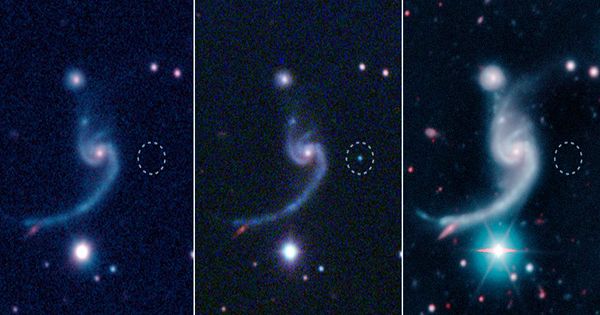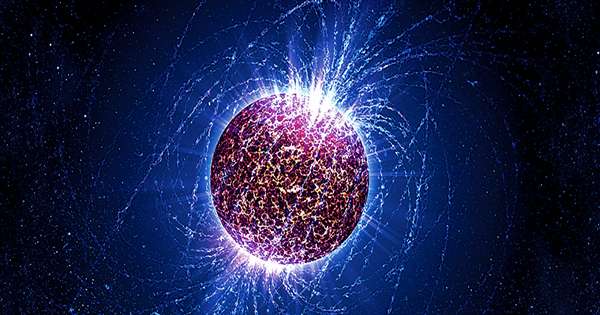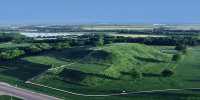On February 24, 1987, astronomers observed the closest supernova to Earth in 400 years. In 1987, SN took place in the Large Magellanic Cloud, as it called, one of the Milky Way’s galactic companions. It became one of the most studied objects in the sky and over the last 34 years, a great mystery of it revealed – and it is probably over. Astronomers do not know what the supernova left behind. Observations from supernovae suggest that a pulsating neutron star (pulsar) may have been a remnant of this cosmic explosion, but no recent evidence has found. These have published in the Astrophysical Journal Letters.

Observations from NASA’s Chandra X-ray Observatory, NASA’s Atomic Spectroscopic Telescope Array (NESTR) and ground-based Atacama Large Millimeter Array (ALMA) draw a very interesting picture. When they did not see the pulsar itself, they found evidence of pulsar air nebulae. “For 34 years, astronomers have been trying to find new stars in SN 1987 that we expect to be present,” said Emmanuel Greco, lead author at the University of Palermo in Italy, in a statement. “A lot of hints have been found that have turned to the end, but our idea is that our latest results could be different.”
The team believes that the core of SN 1987 surrounded by gas and dust. This material prevents the pulsar from being visible and takes X-ray photons that the pulsar expected to produce – so far, the pulsar has not arrived. The combined strength of the three observatories proves that the emissions seen so far are consistent with pulsars that cut pulses into gas and dust. There are alternative explanations, but these probably much less based on what we know.
The models used also have an important prediction: this cover of dust is going to be ruined. Soon, we will see Pulsar live. “It would be unprecedented to see a pulsar from birth,” adds Salvatore Orlando, co-author of the pulsar’s astronomical observations. According to the work, the pulsar will be visible for the next decade. At 168,000 light-years from Earth, it will not be the closest, but it must observe at the youngest age.
















